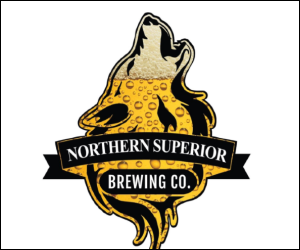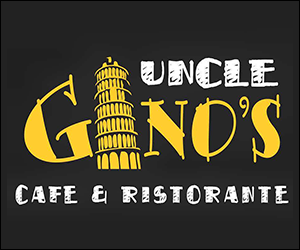Junior hockey landscape
There are multiple junior hockey leagues of three degrees throughout Canada and the United States.
Basically, the levels are classified as Major Junior, Tier 2 Junior (aka Jr. A and Jr. B) and Tier 3 Junior.
Canada houses three major junior loops and the United States is home to one.
The other junior leagues — of which there are more than 25 across Canada and the United States — are mainly of the Tier 2 and Tier 3 classification.
To be sure, most players fall into the Tier 2 or Tier 3 category. (Let’s face it, there are only so many major-junior level players out there.)
I am not going to pretend that I am in the know on every Tier 2 and Tier 3 Junior hockey league and team out there.
But I have been around a while and I try to do my homework.
I am rather familiar with a number of teams and coach-management personnel in the North American Hockey League, North American 3 Hockey League, Northern Ontario Jr. Hockey League and — to a lesser extent — the Midwest Jr. Hockey League.
I also have knowledge of a few of the operators who will make up the new Canadian International Hockey League.
If a parent and/or a player were to ask me about a certain league or team — and they often do — I am not shy to respond with an opinion based on experience.
Of the teams that I regularly deal with in the NAHL, the majority have reputations as good operators with good coaches and managers who adhere to their respective mission statements regarding atmosphere and player development.
For example, Soo Eagles, Michigan Warriors, Coulee Region Chill and Aberdeen Wings have respectful reputations with quality individuals in charge of their respective hockey departments.
Over to the NA3HL, seasoned soldier Butch Wolfe runs a tight ship as owner-general manager of the Metro Jets — with quality people on board that include head coach Justin Quenneville and assistant coach-goalie coach Randy Wilson.
And a new NA3HL team, the Nashville Jr. Predators, gained instant respect by hiring Steve Howard as their head coach. Howard piloted the erstwhile Flint Jr. Generals to the NA3HL finals in 2013-2014 and enhanced his reputation as a coach who develops his players while putting them first.
Over to the NOJHL, the Soo Thunderbirds and Blind River Beavers — while often at opposite ends of the standings — share a similar reputation for treating their players well within a good environment.
Soo may be big market while Blind River defines small market but the good reputation of both are quite the same.
As for the MWJHL, I am relatively new to it but have established early contact with folks of solid repute that include commissioner Scott Gardiner — who also coaches the Traverse City Hounds — coach-general manager Dan Vasquez and scout Bob Brown of the Detroit Fighting Irish, MC Monarchs general manager Mark Gilman and Michigan Ice Dogs GM Jeff Price.
Then there’s the incoming CIHL, led by founder and president Tim Clayden, who also owns the Espanola Rivermen.
I have known Clayden a long time, more than 10 years now.
He has a reputation as a tough customer, albeit one of the best junior hockey operators in all of Canada.
A man with an unmatched work ethic, Clayden has put together the framework for the new CIHL in a matter of a few months while managing to gain membership into the United Hockey Union and Amateur Athletic Union.
That Clayden has assembled a CIHL that will begin play in 2014-2015 with eight-to-10 Ontario teams speaks volumes about his determination, passion, resolve and multiple connections within the game.
At any rate, to parents and players looking for the right junior fit, there are some very-good ones out there.
In fact, I would say the good Tier 2 and Tier 3 programs out-number the bad ones by a country mile.
At least in my experience.
PHOTO: Players who suit up for the Metro Jets of the NA3HL do so for an organization that carries a good reputation. (Photo by Matt Mackinder.)















































































